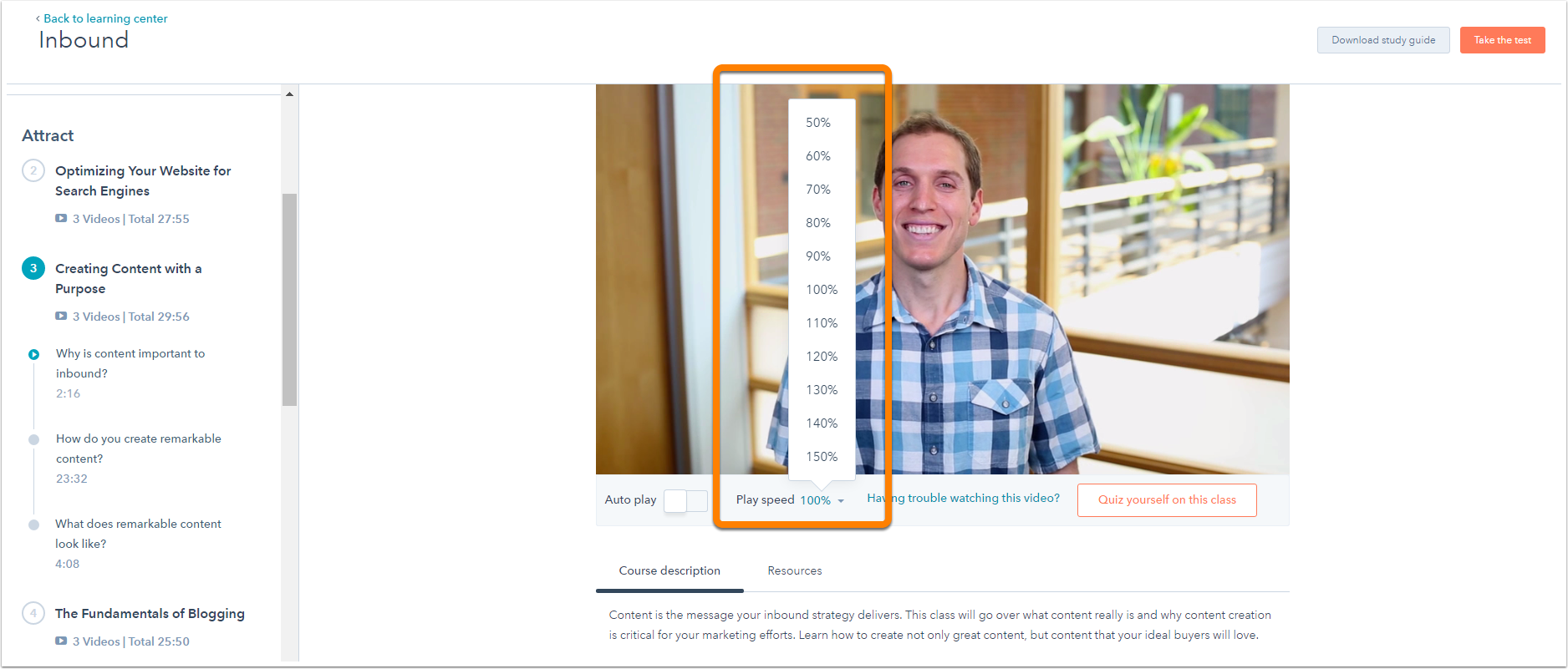 In our last blog article, we discussed the amazing potential of Facebook Ad campaigns when properly targeted as well as some best practices for creating targeting parameters, so we we're going to talk about the next step you should take.
In our last blog article, we discussed the amazing potential of Facebook Ad campaigns when properly targeted as well as some best practices for creating targeting parameters, so we we're going to talk about the next step you should take.

Once you've determined the targets for your Facebook Ads campaign, the next step is to create a series of effective, targeted ad designs and copy. Your first step is to read Facebook's Ad Guidelines. Facebook has very specific guidelines, and you can save a lot of time and trouble by aligning your ad design strategy within their rules from the beginning. Go ahead, I'll wait {insert Jeopardy theme song}.
Now that you've read their guidelines and figured out how to promote your offer, the first piece of advice is this: Be direct. This is not the place for cutesy, overly clever verbiage. Communicate your value proposition clearly and directly, so you only garner clicks that are worth something.
The inherent nature of the Facebook user experience means that the user's eye path moves around the screen quickly skimming the multiple sources of rapidly updating information, and giving each section very few seconds of attention before continuing to path around. The good thing about this is that the ad placement is part of the natural eye movement around the page, so you have a chance if you can grab their attention quickly. Here are a few key factors of Facebook Ad design to consider:
The Headline
The headline is one of the most important elements of your ad design. Here are a few key advantages and tactics that you can leverage:
- Targeting: You have the ability to target with a fantastic amount of precision - use it! If you're targeting people who went to the University of South Florida (Go Bulls) to sell HDTVs, your ad headline might say "Watch The Bulls in 1080p!" (Facebook has a 25 character limit for the headline). By appealing directly to the reason you're targeting them, you can increase your click through rate by delivering a relevant ad experience (which is, after all, the whole point).
- Ask Questions: When people see questions, they answer them in their heads. Don't you? See, you just did. It's an old marketing trick, and one that works very well in Facebook Ad copy.
- Get Excited! Get their attention with some energy! Get more creative than just "Insert Generic use of the word FREE in all capital letters here!" Check out this ad from Jose Cuervo that showed up in my feed:

The Image
Facebook eye-pathing, as with many websites, is driven in large part by the contrast of images to the expectations set by the surrounding color schemes.
- Avoid blues and whites (Facebook's stock colors).
- Avoid using stereotypically spammy images (you know them when you see them).
- Use specific images that appeal to the targeted demographic that you're targeting (align the image itself with the interests of the targeted vertical).
The Copy
It's worth saying again: Be clear and communicate a simple value proposition. Focus on making sure that the viewer understands why they’re clicking. Unlike Search Engine Ads, it’s easy to expand the viewing pool by loosening your targeting criteria so focus on making the clicks that you get qualified and valuable, not on getting more clicks.
- Be Action Oriented: Tell people what to do in the ad with compelling use of verbs.
- Focus on Problem Oriented Optimization (POO): Address how a problem, concern, or issue that concerns the customer is addressed clicking. Since Facebook Ads often perform best when aligned with a top of the funnel offer (which we'll discuss in our next episode), you should align the ad copy with the problem that offer addresses.
- Set Expectations: The image and the headline are there to grab the user's attention, the copy itself should be used to properly align the user's expectations with what they're going to receive on the target page.

Test, test, test!
As with all aspects of your marketing efforts, you should constantly be testing and rotating the ad copy. Facebook Ads copy tends to "Go Stale" (e.g. start getting less clicks) much faster than paid search ads, because while I may only Google "Best Inbound Marketing Consultants" once, I'm always interested in "Awesome Inbound Marketing Consulting". This means that, while I'll see your Google PPC ad only once or a few times in a month, I may end up seeing your Facebook Ad dozens or even hundreds of times in a given month (people spend lots of time on Facebook and can have many, many page impressions in a single month).
To inspire your design, here are some closing notes from Mashable's recent article on Social Profile Eye Tracking. Look at these areas of your Facebook feed and see how you can use the common characteristics driving eye movement:
![]()
![]()
Have you started experimenting with facebook ads? What questions do you have?









